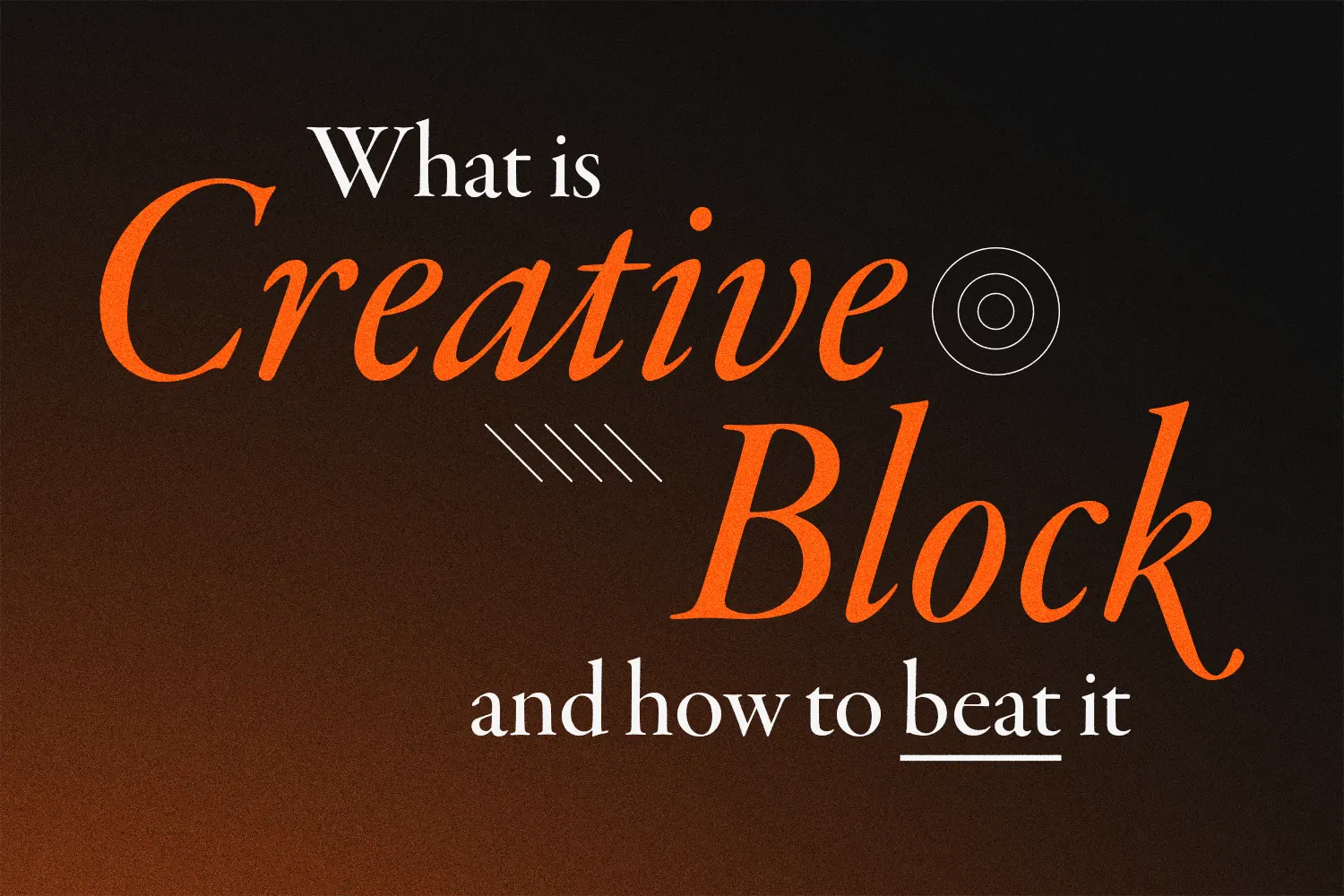The Rise of Neutral-Gender Marketing: Why It Matters Today
Tag
Consumer Behavior
Genderless
Date published
18 July, 2023
Mục lục
In the past, gender marketing played a significant role in consumer behavior. People often made purchasing decisions based on their fear of deviating from traditional gender norms rather than considering a product’s values, personality, traits, and interests.
However, with ongoing conversations surrounding gender identity and evolving gender expectations, brands are now recognizing the importance of adopting gender-inclusive strategies.
The Influence on Consumer Behavior
Gender marketing influenced consumers through various elements such as colors, shapes, logos, verbiage, graphics, textures, sounds, packaging, and names. This marketing approach has exerted significant influence in key industries such as kids toys, FMCG cosmetics, and fashion.
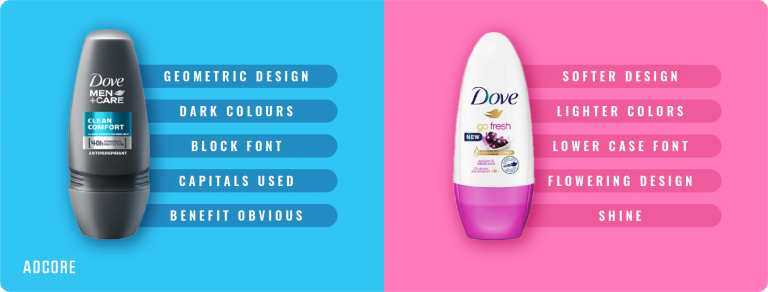
FMCG comestics once targeted specific genders to define beauty standards
In the field of kids toys, iconic brands like Lego and Barbie have long perpetuated gender stereotypes. Legos were often marketed as a “boys’ toy,” while Barbie dolls were positioned as a “girls’ toy,” reinforcing traditional gender roles. Such marketing strategies played a crucial role in influencing children’s preferences and shaping their play patterns, limiting their choices and perpetuating gender norms.
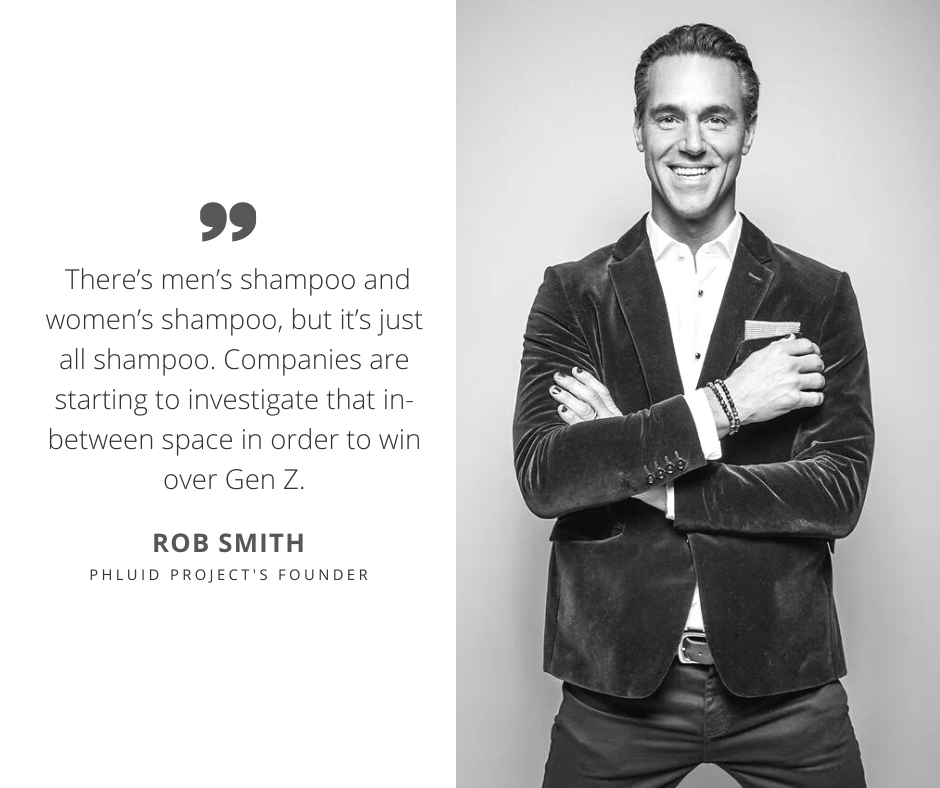
Rob Smith: LGBTQ+ Clothing Store Owner, Gender Consultant for Top Corporations
An inspiring example of challenging these gender stereotypes is the story of McKenna Pope. She gained widespread attention when she advocated for a gender-neutral Easy-Bake Oven, emphasizing that toys should be inclusive and not limited by gender. This instance demonstrated the impact of gender marketing on children’s perceptions and the potential for change.
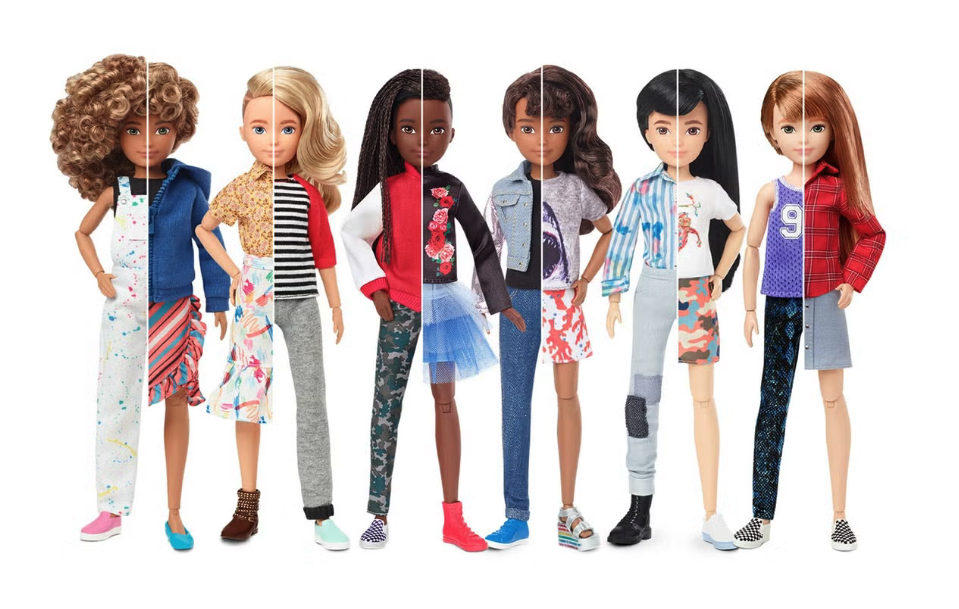
Matell’s Gender Neutral Doll with Biological sex doesn’t pertain to them
FMCG cosmetics have also been subject to gender marketing strategies. Brands like Dove, Gillette, and Old Spice historically targeted specific genders, perpetuating traditional notions of beauty and grooming. Advertisements often portrayed idealized versions of femininity and masculinity, suggesting that certain products were exclusively for women or men. These gendered marketing tactics not only influenced consumer behavior but also reinforced societal beauty standards and expectations.
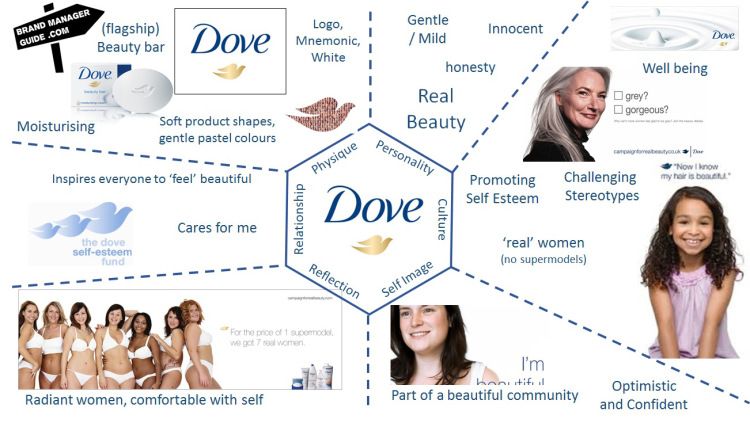
Similarly, the fashion industry has played a significant role in dictating clothing styles based on gender. Designers and brands often created clear distinctions between “male” and “female” fashion, perpetuating stereotypes and limiting self-expression. However, as societal attitudes evolve, brands are starting to challenge these norms. Fashion-forward companies like Muji, Issey Miyake, and Comme des Garçon are embracing gender-neutral fashion, promoting inclusivity and offering individuals the freedom to express themselves without constraints.

Billie Eilish stars in Genderless MCM campaign
Adopting Gender-Inclusive Strategies
Brands are realizing the importance of adopting gender-inclusive strategies to align with the evolving landscape of gender identity and expectations. It is crucial for brands to reflect the diversity and inclusivity of their target audience. Neutral-gender marketing serves as a powerful reflection of a brand’s commitment to inclusivity and diversity. By breaking away from traditional gender stereotypes, brands can reach a wider audience and establish stronger connections with consumers who appreciate and support these values.
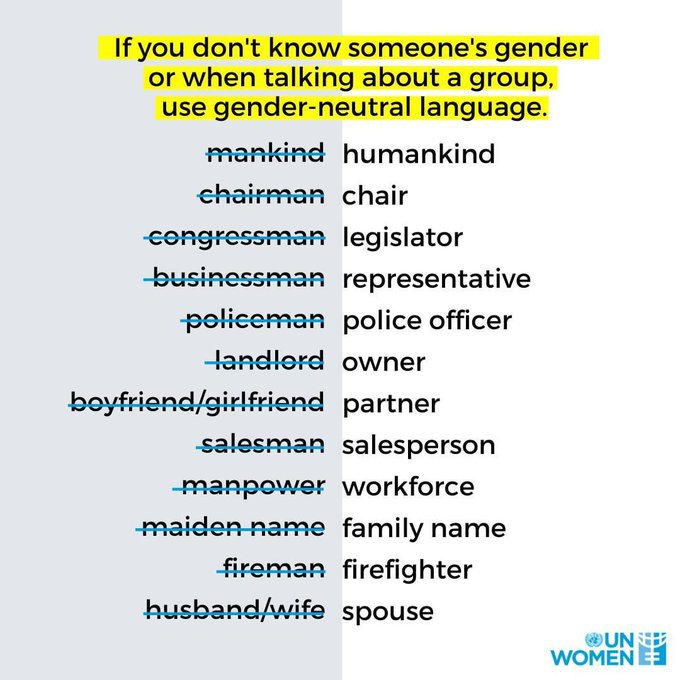
UN with its “Gender-inclusive language ” campaign
Embracing gender inclusivity allows brands to create a sense of belonging for individuals across the gender spectrum. It demonstrates that the brand recognizes and respects the unique identities and preferences of all individuals, regardless of their assigned gender. By fostering an environment that embraces inclusivity, brands can build trust and loyalty among consumers who value diversity and authenticity.
The Limitations
While the concept of neutral gender marketing holds immense potential, it is important to acknowledge its limitations and challenges. Government regulations and guidelines play a critical role in shaping neutral gender initiatives. For example, in 2020, the local government in California Denvermandated department stores to redesign their spaces to create a neutral gender environment. However, it is crucial to strike a balance and avoid infringing upon individuals’ freedom of choice and expression.
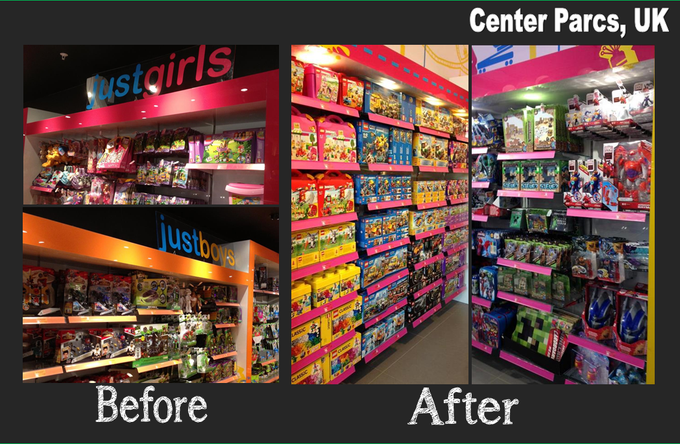
Center Parcs (UK) without equivalent specific law as in the US, have already made the switch
Moreover, implementing neutral gender strategies can pose a financial burden on businesses. Compliance with laws, transportation logistics, packaging redesign, and production adjustments may incur additional costs. The question arises as to who should bear these costs—consumers, the government, or the producers. Finding a sustainable and cost-effective approach is essential to ensure the long-term viability of neutral gender marketing initiatives.
While there are limitations, it is important not to overlook the immense benefits and opportunities that neutral gender marketing offers. By embracing gender inclusivity, brands can tap into a wider audience, expand their reach, and create meaningful connections with consumers who appreciate diversity and authenticity. It allows brands to break free from traditional gender stereotypes and cater to the individual preferences, interests, and values of their diverse consumer base.
Neutral-gender marketing serves as a reflection of a brand’s commitment to inclusivity and diversity. By aligning with the values of their target audience, brands can build stronger connections and foster customer loyalty. As conversations around gender identity and expectations continue to evolve, the importance of neutral-gender marketing will only grow, shaping a more inclusive and diverse marketplace.
Tag
Consumer Behavior
Genderless
Date published
18 July, 2023





